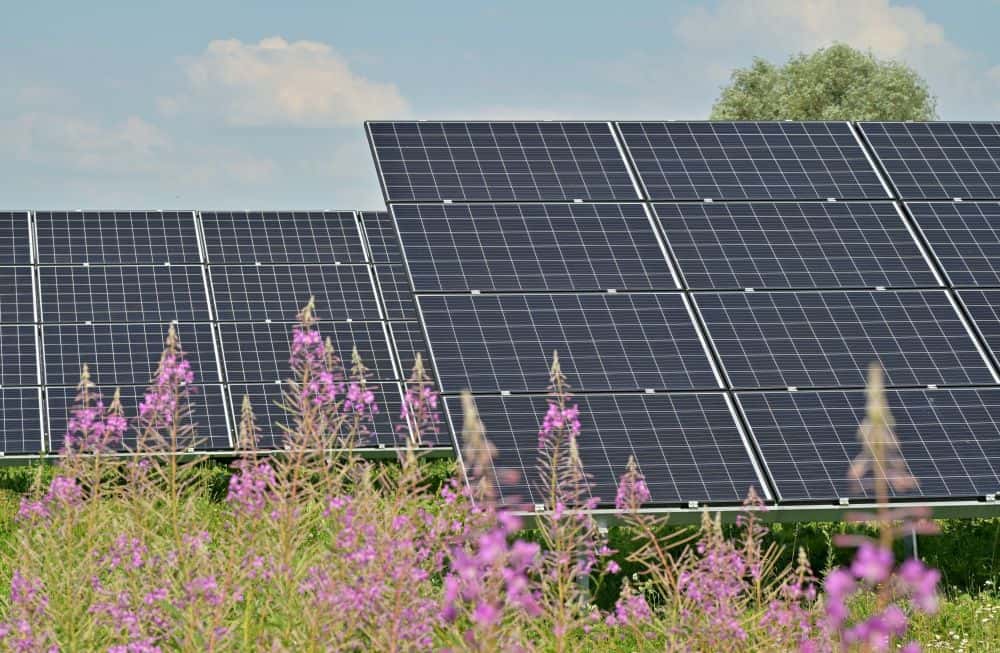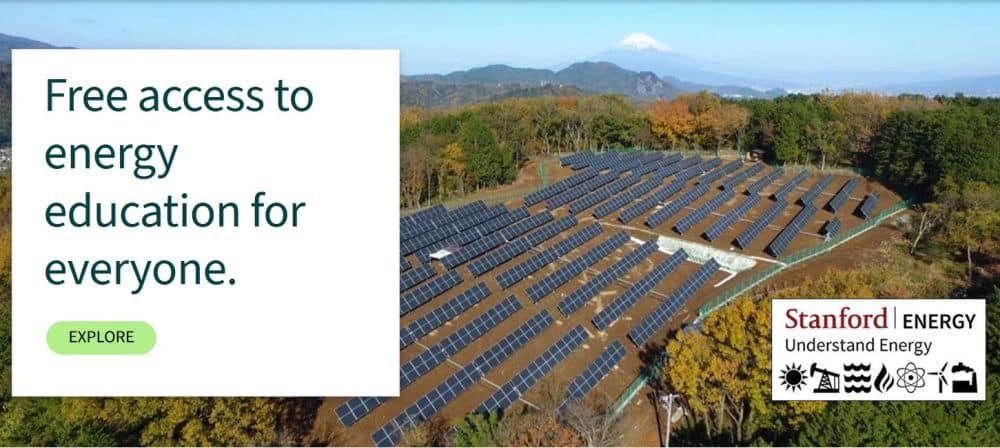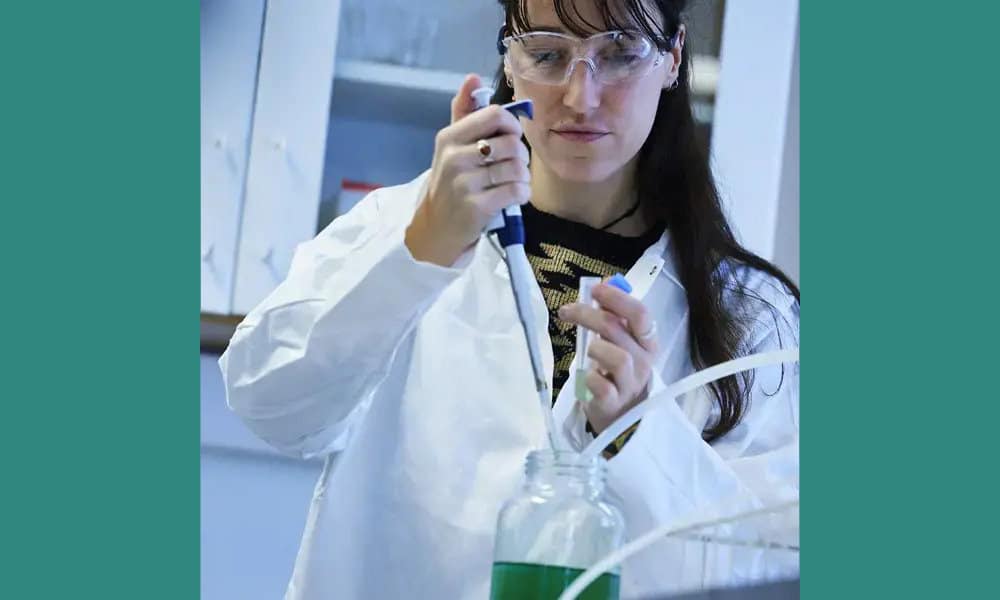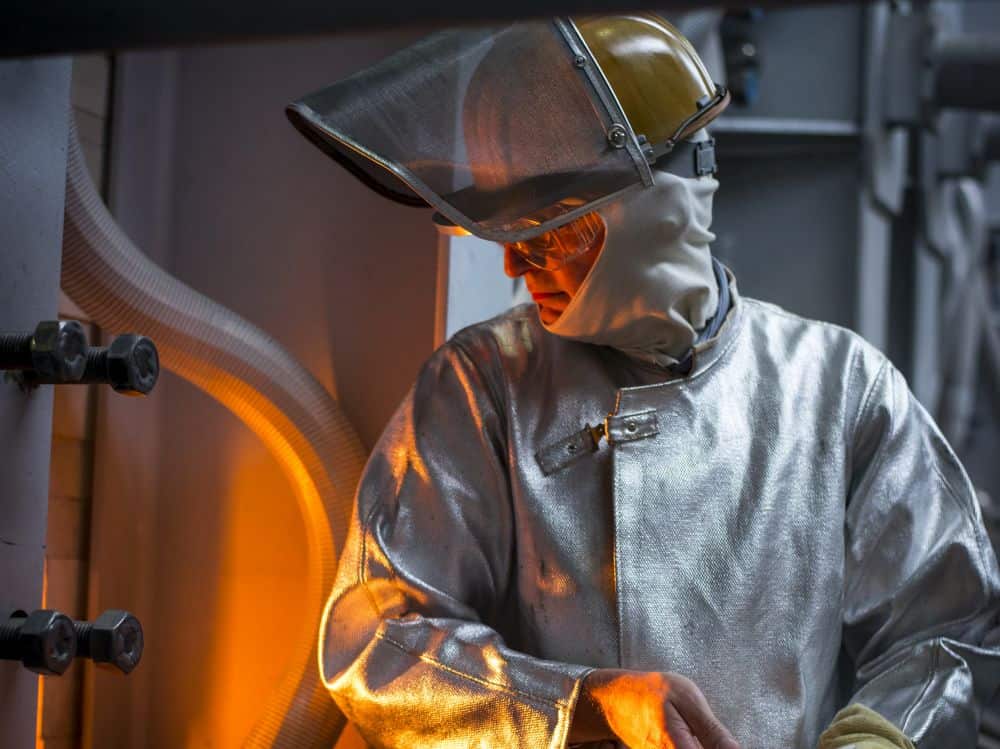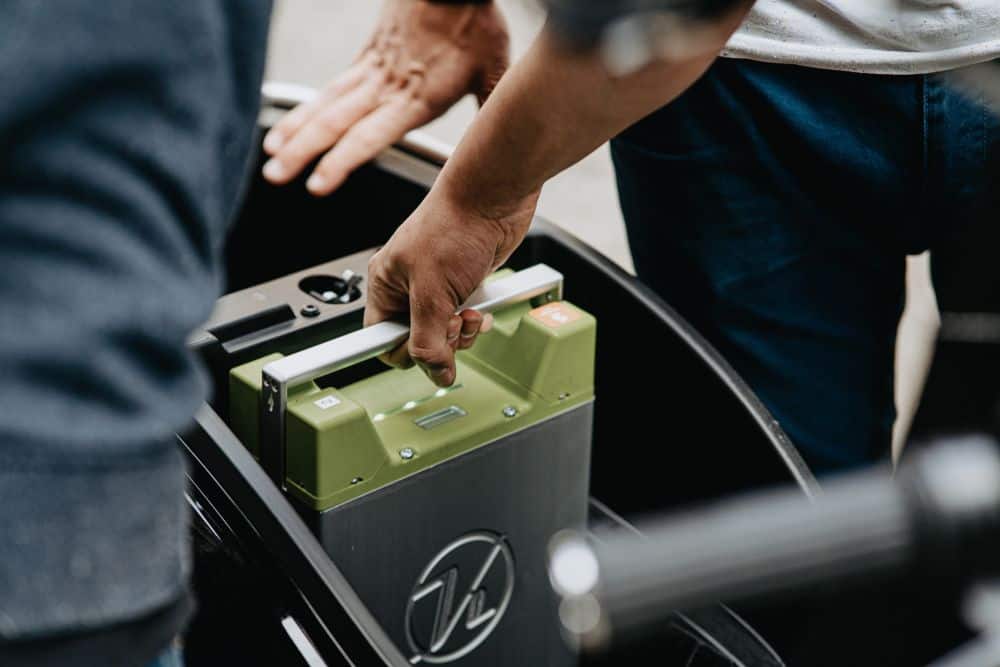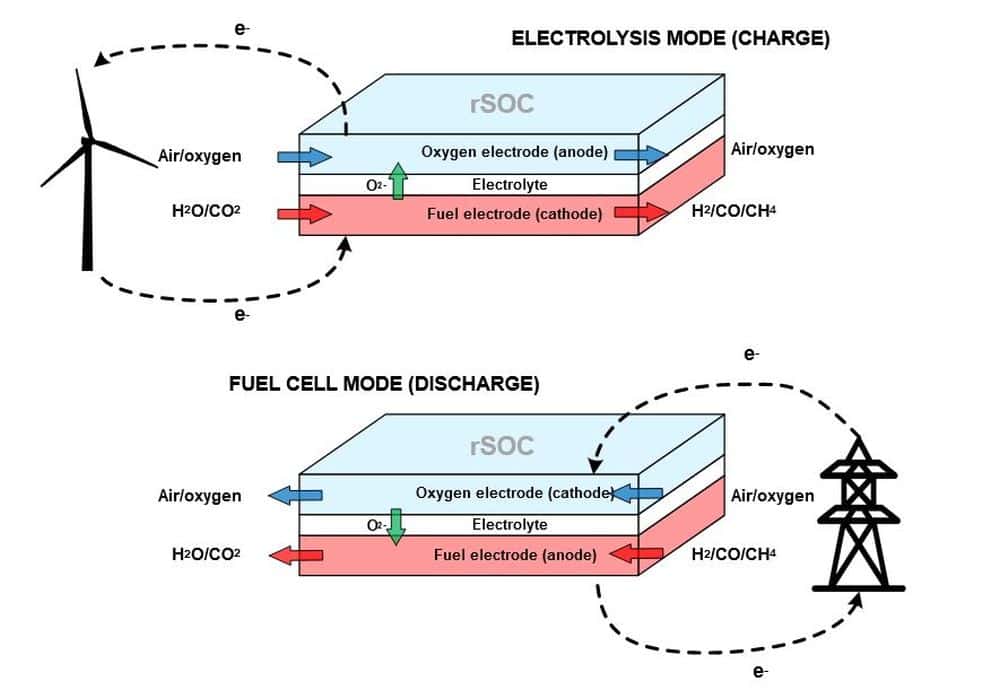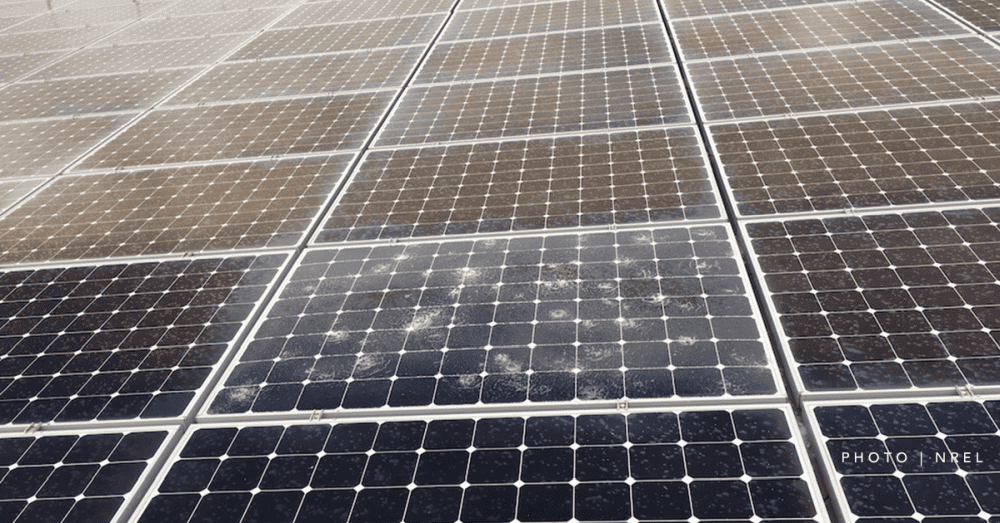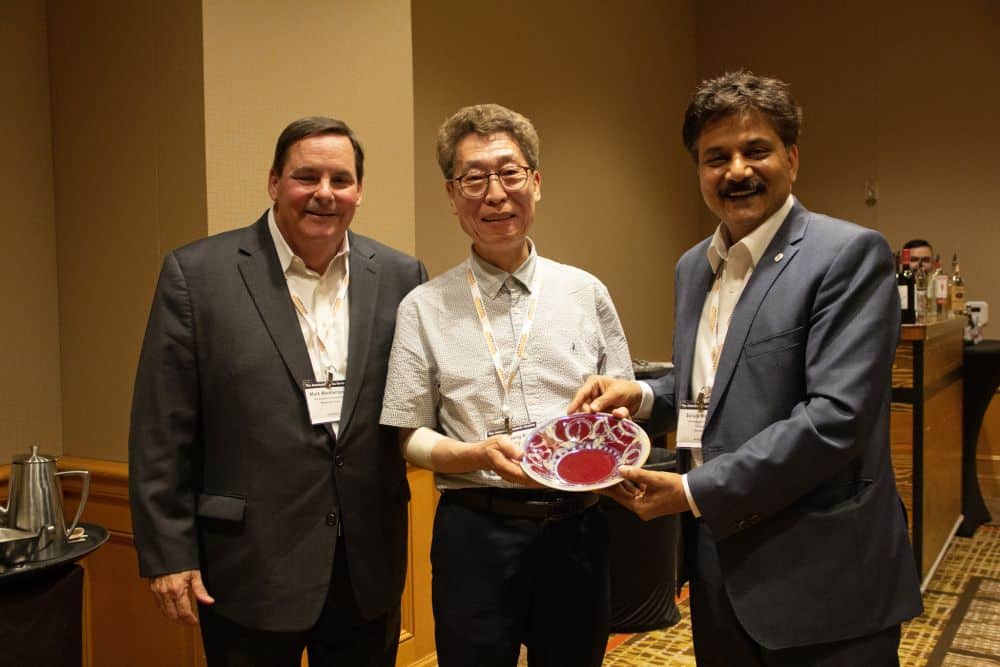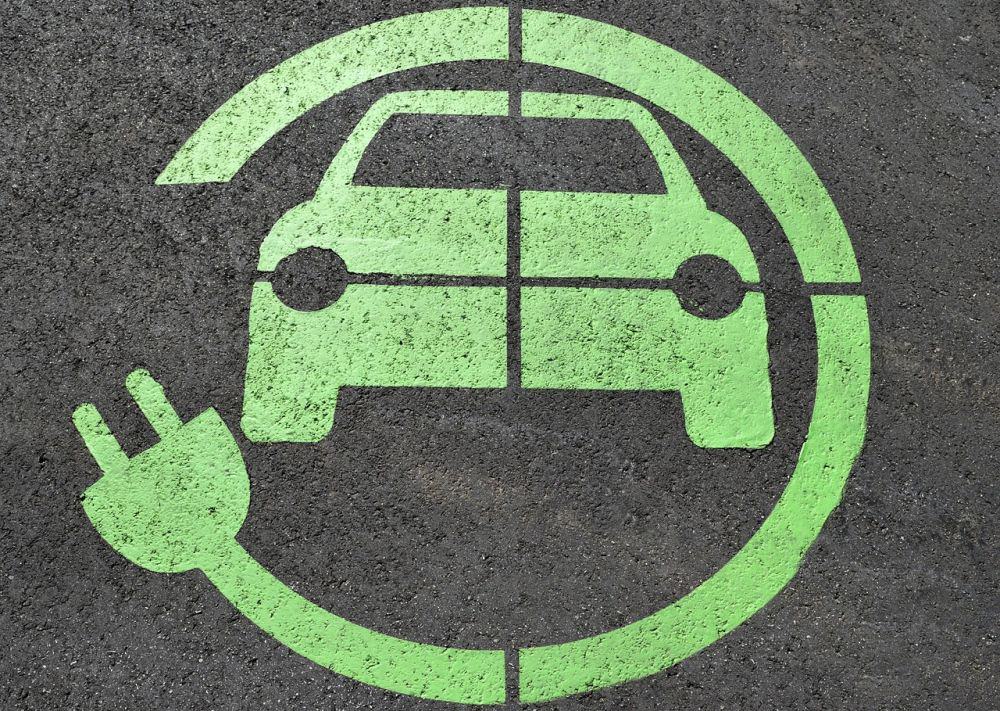Recycling green technology: Microwave radiation facilitates deconstruction and reuse of solar panels
Semiconductor processing could benefit from the use of microwaves, which allows materials to be annealed faster and more selectively. Now, researchers in Australia demonstrated another benefit—it would make the deconstruction and reuse of solar panel components easier.
Read MoreMany people do not feel they can contribute knowledgeably to energy discussions due to the complex nature of this topic. Stanford University’s new Understand Energy Learning Hub aims to help the public build their energy literacy at their own pace.
Read MoreWith the drastic increase in demand for lithium, new sources and extraction methods are needed to secure sufficient supply. Princeton University researchers led development of a new passive method for extraction of lithium from saltwater. The method, if advanced to industrial scale, could significantly decrease both the time and amount of land necessary for lithium production.
Read MoreMore environmentally friendly recycling methods are needed to make the lithium-ion battery market into a sustainable and circular economy. Two recent studies demonstrate some ways to accomplish this goal.
Read MoreIn recent years, several glass companies have started experimenting with replacing natural gas with hydrogen in glass production. The results from these tests are promising.
Read MoreTo celebrate the milestone of the 20th volume of the International Journal of Applied Ceramic Technology, the editorial team assembled a selection of journal papers representing the excellent work from the advanced ceramics community. The focus this month is ceramics for energy storage, specifically batteries.
Read MoreTo celebrate the milestone of the 20th volume of the International Journal of Applied Ceramic Technology, the editorial team assembled a selection of journal papers representing the excellent work from the advanced ceramics community. The focus this month is solid oxide fuel cells.
Read MoreThe increasing frequency and severity of hailstorms puts solar panels at risk of damage. Researchers in India and Hong Kong explored the role that front glass thickness plays in improving the hail resistance of solar panels.
Read MoreThe combined Materials Challenges in Alternative & Renewable Energy and Energy Harvesting Society meeting took place Aug. 21–24, 2023, in Bellevue, Wash. Almost 170 attendees from 16 countries attended the conference to participate in cross-border discussions on overcoming the many materials and process-related challenges in the transition to a sustainable energy future.
Read MoreLithium metazirconate (LZO) has demonstrated promise as an electrode coating in solid-state batteries, and some researchers are exploring the use of LZO as a solid-state electrolyte itself. However, to date, all electrochemical testing on LZO for this application has been performed on pressed discs rather than thin films. Researchers in Argentina and Spain developed an aqueous forming route to obtain LZO films by tape casting.
Read More
